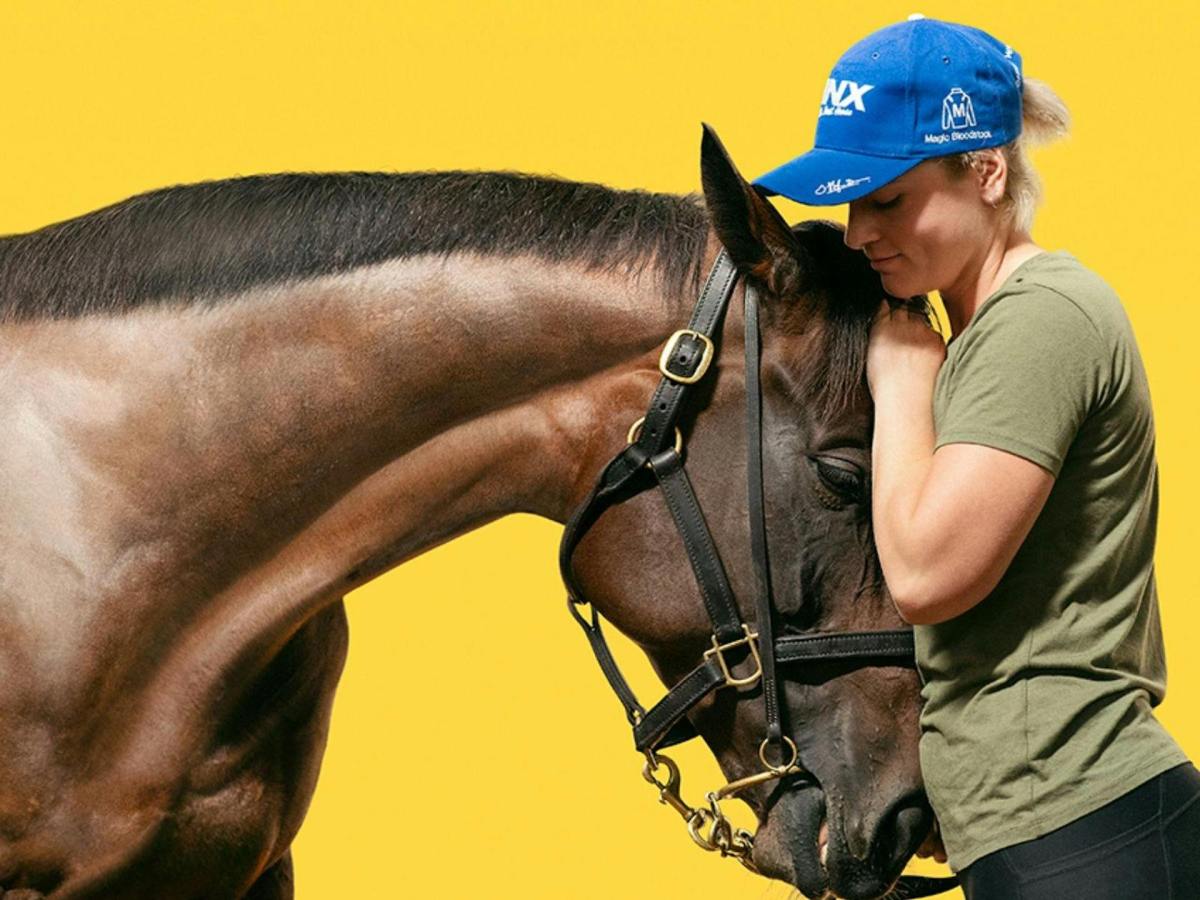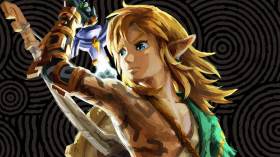Wayne Peake, Western Sydney University
As a racing historian, I knew about Winx’s story long before I stepped into a preview screening of A Horse Named Winx, a new documentary tracing the mare’s great career. But I suspected many people outside the cinema did not know it, which I think is a shame given the magnitude of Winx’s achievements.
Will this new production see Winx make ground on legendary racehorses such as Gunsynd and Phar Lap in the public’s esteem? I hope so. I found it to be an engaging documentary that aptly pays homage to the mare’s illustrious career.
We see some familiar faces, and learn about some remarkable aspects of Winx’s backstory of which I, for one, was unaware.
Not as well-known as older legends
The Gunsynd mania that swept Australia in 1973 is harder to credit now, at a time when horse racing has a smaller role in popular culture – and many more vocal critics.
Yet, back then, that curtsying and bowing grey racehorse was known to everyone, young and old, both inside and outside the racing world. He was so popular that Prime Minister Gough Whitlam could have asked one or two cabinet ministers (whose indiscretions were hurting his government’s credibility) to step aside for Gunsynd. That horse would have won him a lot more votes.
ScreenHub: September cinema guide
Gunsynd was also perhaps one of the earliest targets of the promotional merchandise industry that emerged in Australia in the 1970s. His genial features appeared on countless shirts, commemorative plates and tea towels. The song The Goondiwindi Grey reached deep into each city’s top 40.
Before Gunsynd, the most popular racehorse was the Depression-era wonder Phar Lap, who achieved enduring fame in both Australasia and the United States, thanks alone to his live racecourse appearances, newspaper and radio coverage, and a few newsreel guest spots.
Knowledge of and affection for Winx during her racing career in the late 2010s wasn’t as universal as it was for Phar Lap and Gunsynd. Nonetheless, towards the end of her career there were many Winx flags, caps and even kids dressed up in Winx silks, breeches and boots by their seamstress mums.
A herculean winning streak
Winx won all of her last 33 races, the last of which took place on April 13 2019. Each of these was a ‘stakes’ race, while most took place under elite ‘weight-for-age’ conditions. These are races in which weight handicaps based on previous form are not added. So, like at the Olympic Games, the best athlete in the field should win. They are the measuring sticks of a horse’s class.
No other Australasian horse can approach Winx’s record of 33 straight wins (Black Caviar, with 25 consecutive wins, comes closest). It was like watching baseball star Joe DiMaggio’s streak of 56 home runs.
A Horse Named Winx is a documentary, unlike other notable racehorse biopics such as Phar Lap (1983) and Seabiscuit (2003), which featured actors and staged recreations. So although it isn’t devoid of emotion or heart-tugging moments, it does lack the scriptwriters’ ‘feel-good’ embellishments often found in this genre.
The film’s narrator, Andrew Rule, is also its writer. Rule learned his trade as a racing writer under the legendary author and journalist Les Carylon (1942–2019), so he knows his horses.
Structurally, the film is a fairly straightforward chronology. It mentions Winx’s wins at her first three starts in two- and three-year-old races, briefly notes her short run of losses, before getting the ball rolling with the start of her winning streak. Occasionally, an ordinal number flashes onscreen to remind viewers of the progress towards 33 wins.
The documentary’s running time of two hours means the story is done justice, but it’s not so long that it will have average viewers squirming in their saddles.
Old faces with new stories
A Horse Named Winx reflects the vibrant racecourse environment. The screen is often full of glorious and soothing colour, from the lush greens of the studs and courses, to the brilliance of the jockeys’ silks and the trackside flowers.
There is also much use of archival footage of the actual contests, of course, supplemented by film shot before and after the events. We witness Winx’s career-threatening operation, before seeing her in retirement and preparing to become a mum.
The star of the show is portrayed as admirable rather than lovable. During interviews, Winx’s regular jockey and strappers admit she is not a horse who responds much to affection. She’s nothing like Tommy Woodcock’s much-loved 1970s stallion Reckless, who was like a big labrador and would curl up to sleep on a reclining Woodcock’s chest.
What Winx’s connections speak of most instead is her professionalism – and the growing sense of inevitability (among the public) as her winning streak grew. This might be compared to the St George rugby league team’s run of 11 straight premierships between 1956 and 1966; nobody could foresee a time it would end.
The documentary’s principal human participants, the people who guided Winx throughout her career, are (in approximate order of screentime) her trainer Chris Waller, her regular jockey Hugh Bowman, her owners and her two strappers (day-to-day attendants).
Jockey Bowman speaks of Winx’s will to win and awareness of other horses’ positions in the field, begging the age-old question posed in verse by Banjo Paterson: ‘do they know [of the race and what it means]?’ Vets and horse psychologists argue it’s not possible. But racing people will assure you they do – the good ones especially, but also the shirkers.
Winx’s owners come across as a likeable, knockabout lot who got lucky – a deal of research into the horse’s breeding notwithstanding. The bubbly, bespectacled Debbie Kepitis will be recognised by those who watched television coverage of Winx’s later wins.
The interviews with Winx’s trainer Waller are probably the biggest surprise. Waller, who has been Sydney’s leading horse trainer since 2010, runs enormous stables in three states and seems all cool and efficient in media grabs. But in this documentary he reveals fully, for the first time, the gut-churning pressure he felt when facing the possibility of defeat or injury as Winx’s streak grew.
Will A Horse Named Winx attract cinema-goers beyond the shrinking number of Australians who still follow horse racing? I’d say it deserves to. If nothing else, it’s an extremely well-made production that opens the gate for anyone with an interest in documentary, Australian history, or the remarkable abilities of horses.
A Horse Named Winx is in cinemas now.
Wayne Peake, Adjunct research fellow, School of Humanities and Communication Arts, Western Sydney University
This article is republished from The Conversation under a Creative Commons license. Read the original article.





